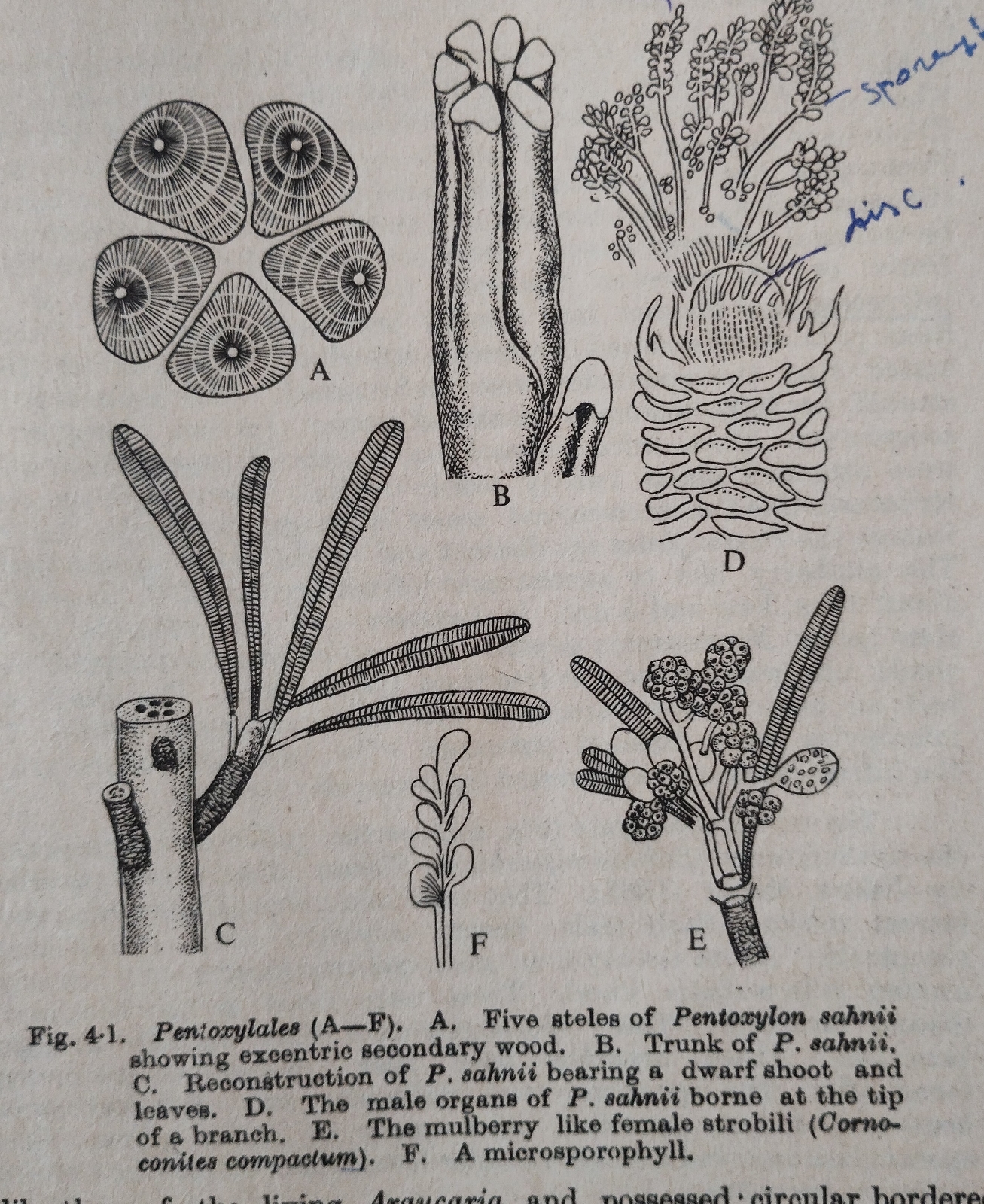Taxonomy of Angiosperms#A few imp characters and respective families
1.Gynobasic style : Lamiaceae ; a style arising directly from the thalamus of the flower.
2.Gynandrium: Orchodaceae ; a column like structure formed by union of stamens , style and stigma.
3. Pulvinus: Mimosaceae,Caesalpiniaceae, Papilionaceae ; a minute gland or swollen base of petiole .
4. Interpetiolar stipule : Rubiaceae ; when two stipules lye between the two leaves.
5.Intrapetiolar stipule: stipules present at the axis of the leaf .
(Stipules are a pair of appandages present at the zone of attachment of leaf on the stem).
6.Foliaceous stipule : Papilionaceae; stipules modified to leaf like structure.
7.Cauline: Brassicaceae; leaves borne on the main stem .
8.Ramal: leaves borne on lateral branches.
9.Radical: Brassicaceae ; leaves borne on extremely reduced stem .
10. Lodicules : Poaceae : highly modified perianth as minute, hyaline and fleshy structure.
11. Lemma :Poaceae; flowering glume .
12. Palea: Poaceae : a membrane-like binerved or bikeeled structure present in between lemma and rachila.
13. Caryopsis : Poaceae ; a small, dry , indehiscent , fruit in which seed coat / ovary wall adheres to fruit wall.
14.Basal placentation : Asteraceae , Poaceae ; when placenta placed on the base / floor of the ovary chamber .
15 Feathery stigma : Poaceae ; when stigma appears feather like to assist the pollination process .
14.Labellum : Orchidaceae ; the median and highly modified tepal of the inner whorl of an orchid .
15.Rostellum: Orchidaceae ; in case of a monandrous orchid rostellum is a special organ representing the third stigma.
16.Pappus: Asteraceae; these hairy or bristly structures are the modified sepals .
17.Cruciform corolla : Brassicaceae ; the crosswise arrangement of four clawed petals of a whorl .
18.Reniform anther : Malvaceae ; kidney shaped anther.
19.Syngenesious stamens:Asteraceae ; filaments of 5 stamens are free but their anthers united into a bundle .
20.Synandrous stamen: Cucurbitaceae ; all stamens united thorought their length by both the filaments and the anthers .



Comments
Post a Comment